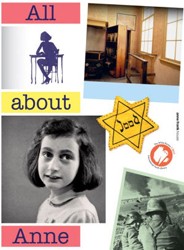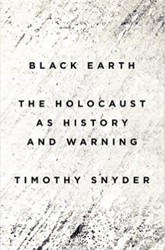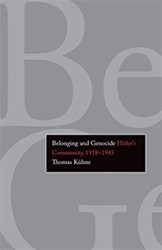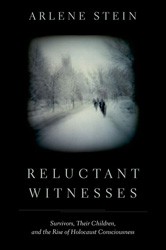Over the years, there have been various attempts to depict the scope and devastation of the Holocaust. These include the well-known project involving paper clips and, more recently, the publication of the book And Every Single One Was Someone, in which the word “Jew” is repeated six million times.
The Tailors of Tomaszow, to my mind, succeeds much more effectively in describing the indescribably. In this book, Rena Margulies Chernoff, one of the youngest survivors of Auschwitz, and her son, Allan Chernoff, a veteran news reporter, virtually recreate the vanished Jewish community of Tomaszow, Poland. Relying on interviews with survivors, personal memories, and well-documented sources that include Nazi records at the Auschwitz-Birkenau Library, the authors paint a detailed portrait of the lives of the Jews of Tomaszow before, during, and after the Holocaust.
Many of the Jews of Tomaszow were tailors, an often life-saving skill for those who were employed by the Nazis to create everything from men’s suits to uniforms. In one fascinating example, Rena Chernoff’s uncle Jozef, who was interned in a subcamp of Mauthausen, discovered that a suit that had been sewn for the commandant did not fit correctly. Jozef ordered to fix it and was told that if he tried and was unsuccessful, he would be killed. He was staring at the commandant during roll call in an effort to figure out his measurements when he noticed that he himself was a similar build. By simply trying on the suit, he was able to fix it so that it fit correctly. This led to other tailoring jobs, whereupon Jozef insisted that he needed to work with some of his townspeople. In this way, he was also able to help some of his fellow Tomaszow tailors.
The enormity of the Holocaust is indeed hard to comprehend, and projects that attempt to depict it certainly have their place. The emotional power of this book, however, comes from the individual Jews who are brought to life in these pages. They were not just “Jews”; they were Jews like Rena Chernoff’s father, who went to extraordinary lengths to help others regardless of the danger involved. They were not just part of six million; they were members of close-knit families, torn apart from one another by the Nazis and their eager collaborators. By naming and describing the precious souls who were lost, the authors do a masterful job of conveying not just the scope of the Holocaust, but also what the losses meant to the Jewish people on a personal level. Appendices, bibliography, index, maps, notes, paragraphs.
Relate content:





